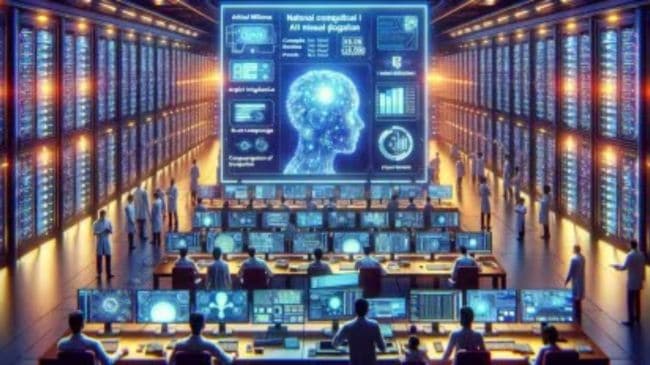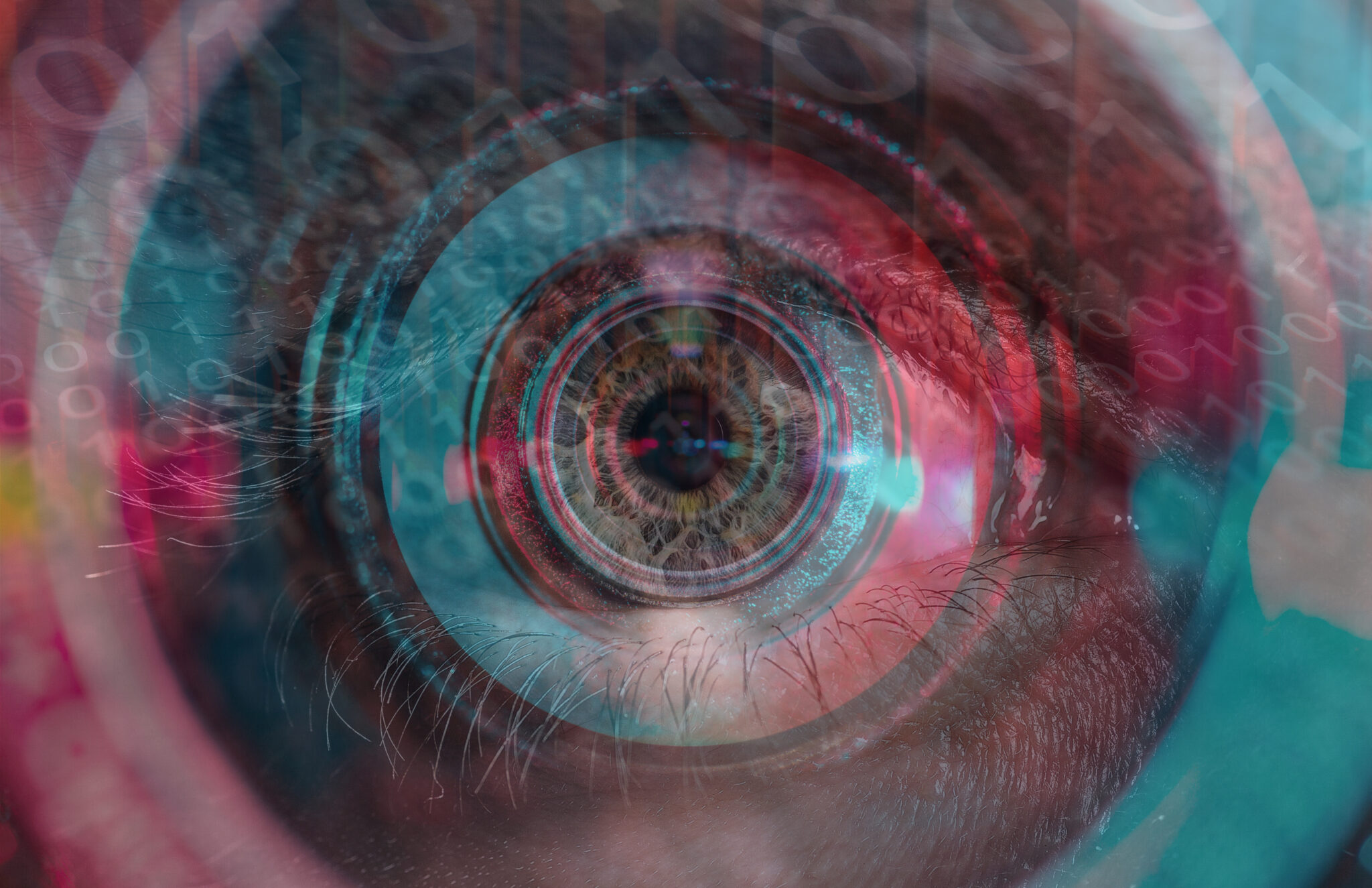Deep Learning has revolutionized the field of Artificial Intelligence and Machine Learning in recent years. One of the key components of deep learning models is data preprocessing. Preprocessing involves transforming raw data into a format that can be used by the model. One common technique used for preprocessing categorical data is one-hot encoding. In this article, we will explore what one-hot encoding is and when it should be used in deep learning models.
Table of Contents
- Introduction
- Understanding One-Hot Encoding
- When to Use One-Hot Encoding in Deep Learning
- Advantages and Disadvantages of One-Hot Encoding
- Alternatives to One-Hot Encoding
- Examples of One-Hot Encoding in Deep Learning
- Best Practices for One-Hot Encoding
- Common Mistakes to Avoid
- Conclusion
- FAQs
Introduction
Deep learning models are highly effective for tasks such as image recognition, speech recognition, natural language processing, and more. However, deep learning models require large amounts of data to be trained effectively. Data preprocessing plays a crucial role in deep learning models, and one-hot encoding is a commonly used technique to preprocess categorical data.
Understanding One-Hot Encoding
One-hot encoding is a technique used to transform categorical data into a binary format that can be used by machine learning models. In this technique, each category is converted into a binary vector with a length equal to the number of categories. Each binary vector has a value of 1 for the category it represents, and 0 for all other categories.
For example, let’s say we have a dataset with a categorical feature called “color” with three categories: red, green, and blue. After applying one-hot encoding, the “color” feature would be transformed into three binary features: “color_red”, “color_green”, and “color_blue”. The binary feature corresponding to the category would have a value of 1, while the other binary features would have a value of 0.
When to Use One-Hot Encoding in Deep Learning
One-hot encoding is typically used when dealing with categorical variables in deep learning models. Categorical variables are variables that represent categories, such as colors, shapes, or types of objects. These variables cannot be directly used in machine learning models as they are not numerical.
One-hot encoding is particularly useful when the categories are not ordinal, meaning that there is no inherent order or ranking to the categories. For example, in the “color” feature, red, green, and blue are not ordinal, as there is no inherent order or ranking to the colors.
Advantages and Disadvantages of One-Hot Encoding
One-hot encoding has several advantages over other techniques for handling categorical data:
- It preserves the information about the categories in the data.
- It is easy to understand and interpret.
- It can be used with any machine learning algorithm.
However, one-hot encoding also has some disadvantages:
- It can lead to high-dimensional data, which can be difficult to handle for some models.
- It can result in sparse data, where most of the values are 0.
Alternatives to One-Hot Encoding
There are several alternatives to one-hot encoding, including label encoding and binary encoding.
- Label encoding involves encoding each category as a number, with each category assigned a unique integer value. However, this technique can introduce an implicit ordinal relationship between the categories, which may not be desirable.
- Binary encoding is similar to one-hot encoding, but each category is encoded as a binary number rather than a binary vector. This can result in fewer dimensions, but it can also introduce an implicit ordinal relationship between the categories.
Examples of One-Hot Encoding in Deep Learning
One-hot encoding can be applied to any categorical feature in a dataset. Here are some examples of one-hot encoding in deep learning:
- Image recognition: One-hot encoding can be used to preprocess the labels for a dataset of images. For example, if we have a dataset of images of animals, we could encode the labels as one-hot vectors with each category representing a different animal.
- Natural language processing: One-hot encoding can be used to preprocess the words in a text corpus. Each word can be encoded as a binary vector with a length equal to the size of the vocabulary.
- Recommender systems: One-hot encoding can be used to preprocess the items and users in a recommendation dataset. Each item and user can be encoded as a binary vector with a length equal to the number of items or users.
Best Practices for One-Hot Encoding
Here are some best practices to follow when using one-hot encoding in deep learning models:
- Use one-hot encoding for non-ordinal categorical variables.
- Use label encoding for ordinal categorical variables.
- Use binary encoding to reduce the dimensionality of the data.
- Use sparse matrices to handle high-dimensional data efficiently.
- Normalize the data before using it in a deep learning model.
Common Mistakes to Avoid
Here are some common mistakes to avoid when using one-hot encoding in deep learning models:
- Using one-hot encoding for ordinal categorical variables.
- Using label encoding for non-ordinal categorical variables.
- Not handling missing values properly before encoding the data.
- Not normalizing the data before using it in a deep learning model.
- Encoding too many variables, which can lead to high-dimensional data.
Conclusion
One-hot encoding is a powerful technique for preprocessing categorical data in deep learning models. It allows us to transform non-numerical data into a format that can be used by machine learning algorithms. However, it is important to use one-hot encoding properly and to be aware of its advantages and disadvantages. By following best practices and avoiding common mistakes, we can use one-hot encoding to improve the performance of our deep learning models.









Leave a Reply